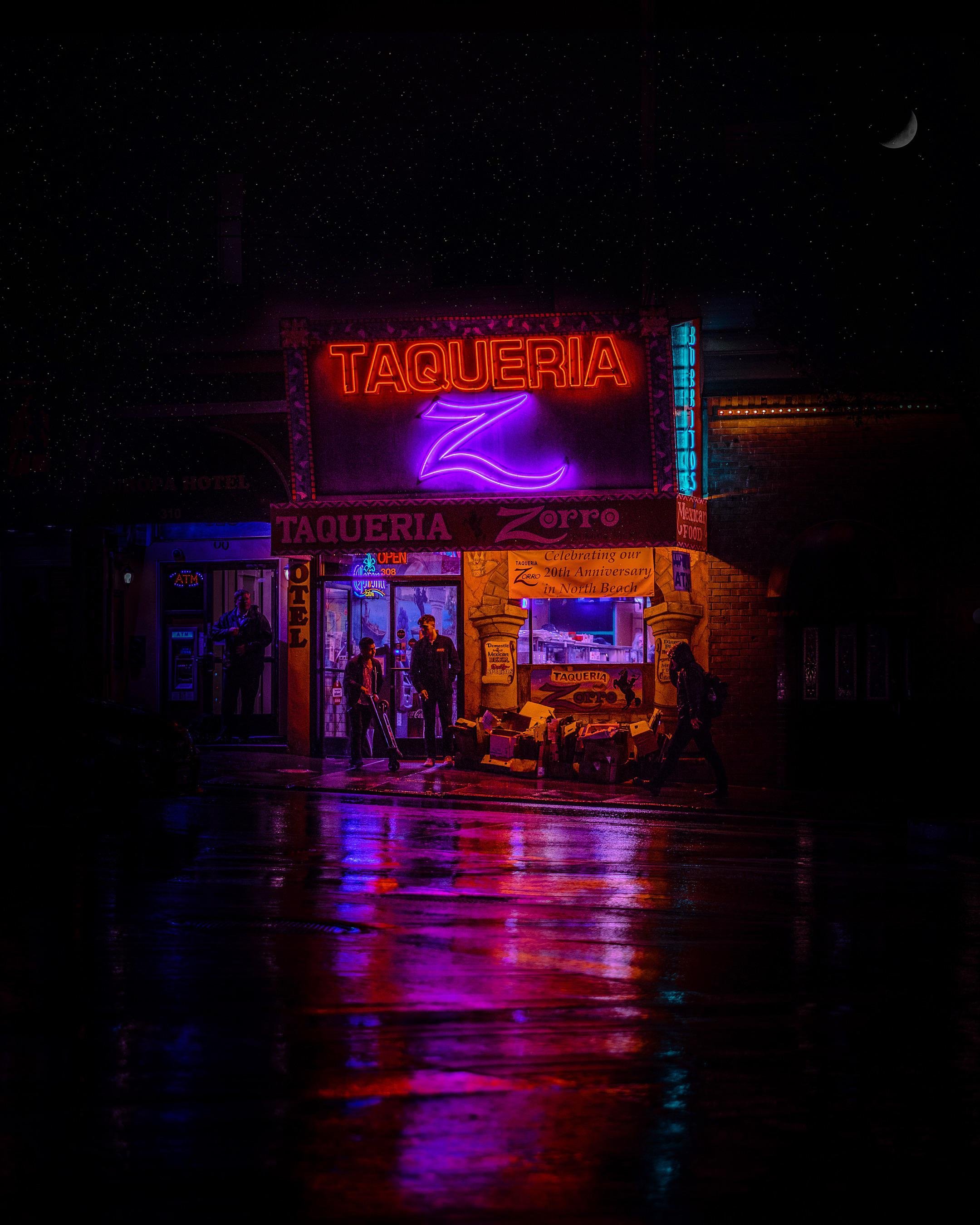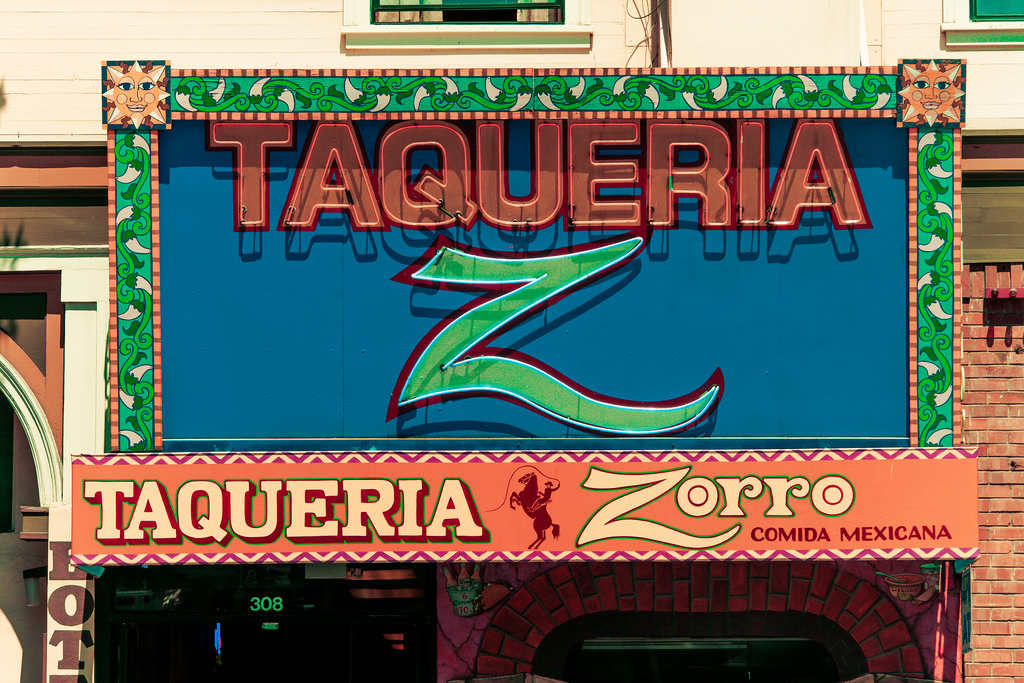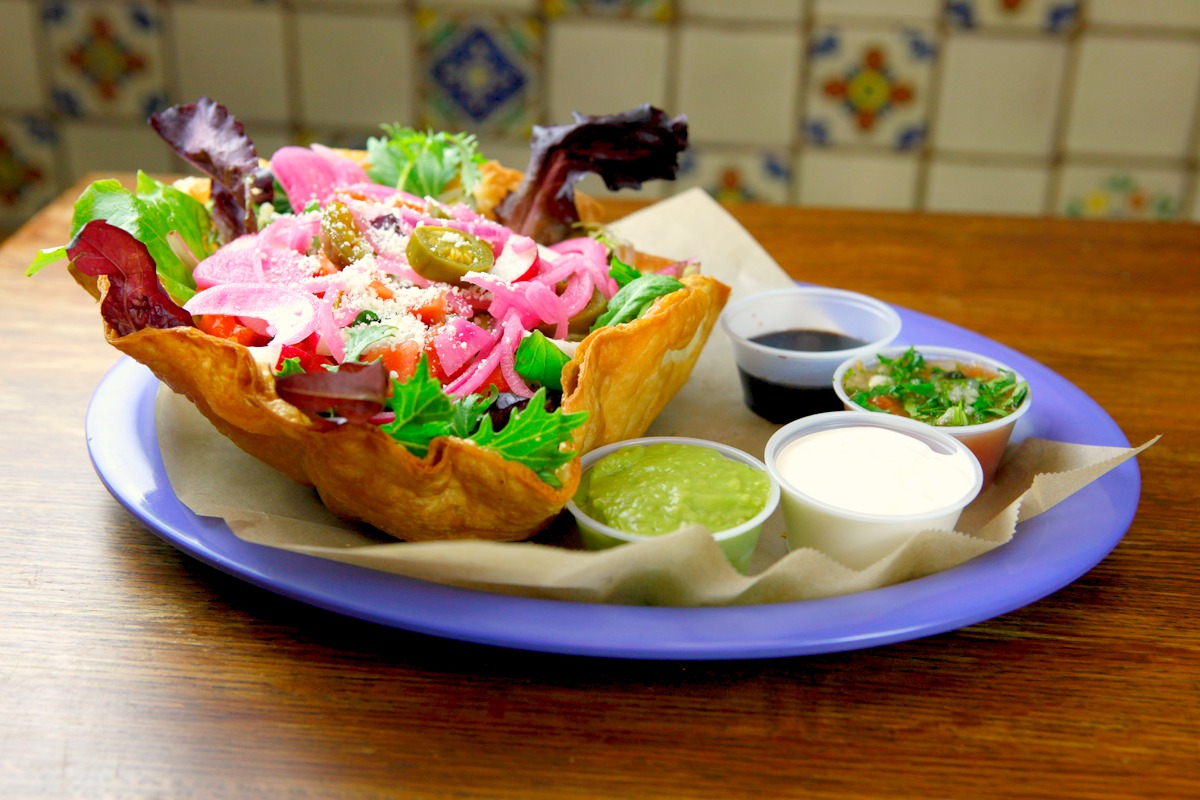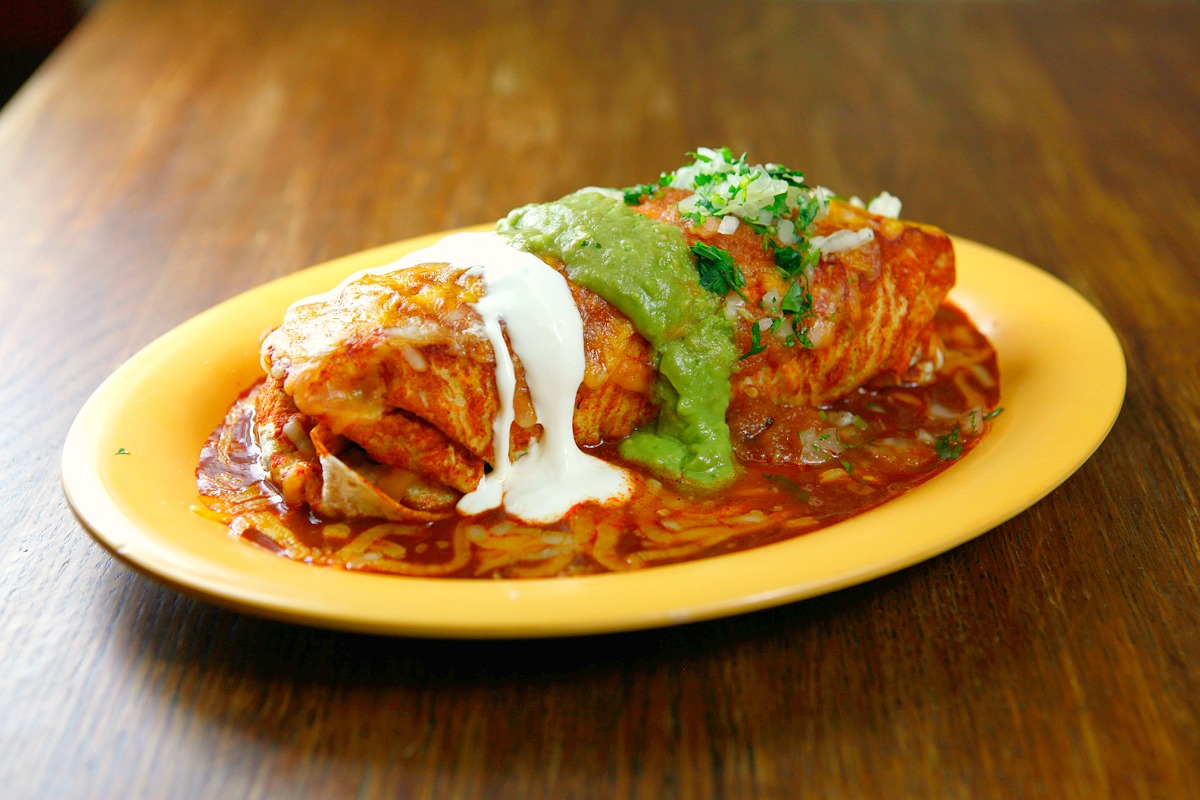
About Us
Since 1998, we've kept it simple: fresh ingredients, authentic recipes and expert assembly go into each of our burritos, tacos, quesadillas and Mexican plates. Our regular customers tend to be fanatical and it only takes a visit or two for people to jump on board. We prepare your food when you order it, right in front of you. We’re open seven days a week and on the weekends till midnight, for the late night crowd from the surrounding nightlife of North Beach and Broadway.
Phone
(415) 392-9677
info@taqueriazorro.com
Location
308 Columbus Ave San Francisco, CA 94133
Hours
Mon-Thurs 11am-midnight
Fri-Sat 11-2am
Sun 11am-11pm

Unpacking California Mission-Style Mexican Food: A Tasty History & What Makes It Special
California’s culinary landscape is a melting pot of cultures and flavors, and few dishes embody this quite like Mission-style Mexican food. Named after San Francisco’s Mission District—where it first took shape in the 1960s—this unique take on Mexican cuisine blends traditional flavors with local influences. The result? A hearty, flavorful spin that is beloved by locals and visitors alike. Below, we’ll dive into what exactly sets Mission-style Mexican food apart, how it came to be, and why it’s worth a taste on your next foodie adventure.
Roots in the Mission District
The Mission District has long been a cultural and culinary hub for San Francisco’s Latinx community. In the 1960s and 1970s, taquerias (Mexican eateries specializing in tacos and burritos) began flourishing to cater to working-class patrons seeking quick, inexpensive, and satisfying meals. Over time, these taquerias put their own stamp on traditional burritos, creating what’s now famously known as the Mission-style burrito—the cornerstone of California Mission-style Mexican food.
Key Characteristics
1. The Oversized Flour Tortilla
One of the most iconic features of a Mission-style burrito is its large flour tortilla, typically bigger than those found in other regional burrito styles. It’s warmed or steamed for pliability, making it easier to wrap around an impressive filling.
2. Rice and Beans—A Hearty Base
Unlike more traditional burritos from other regions of Mexico (which may only include beans, meat, and salsa), Mission-style burritos typically include rice and beans. This not only adds to the overall heft but balances the flavors of the meat and any additional toppings.
3. Generous Fillings
From carne asada and al pastor to carnitas or grilled chicken, Mission-style burritos are big on protein. Vegetarians and vegans can choose grilled veggies, tofu, or other plant-based options. Add in guacamole, cheese, sour cream, salsa, and sometimes lettuce or pico de gallo, and you’ve got a burrito that’s bursting at the seams.
4. Wrapped in Foil
This might not sound significant, but the traditional way of wrapping the burrito in foil helps keep all those ingredients intact. It also makes the meal more portable—something that was crucial for working folks who needed a quick lunch or dinner on the go.
5. Salsa Bars & Customization
Many Mission-style taquerias feature a salsa bar, allowing you to customize your meal with various levels of heat, fresh cilantro, onions, or even pickled peppers. This kind of customization is a hallmark of California’s approach to Mexican cuisine—everyone can craft their burrito exactly to their liking.
Beyond the Burrito: Other Staples
While the iconic burrito is the star of Mission-style Mexican food, many taquerias also offer other classic dishes with a similar regional twist:
Tacos: Oversized or standard-sized tortillas, loaded with your choice of meat or veggies, topped with fresh cilantro, onions, and salsa.
Quesadillas: Using the same generous fillings as the burritos, often folded and grilled on a flat-top.
Nachos and Super Nachos: Piled high with meat, beans, cheese, guacamole, sour cream, and jalapeños. They’re perfect for sharing—if you’re willing to share at all!
How It Differs from Other Mexican Food Styles
Tex-Mex vs. Mission-Style:
Tex-Mex often incorporates yellow cheese (like cheddar) and uses smaller tortillas for burritos and tacos. Mission-style leans more on white cheese blends and is best known for its extra-large burritos with a focus on fresh salsa and guacamole.
Traditional Mexican vs. Mission-Style:
Traditional Mexican burritos (common in Northern Mexico) can be quite simple—just a flour tortilla with a basic filling of beans, meat, and maybe a bit of cheese. Mission-style burritos are known for their supersized nature and wide array of added ingredients like rice, sour cream, and grilled vegetables.
Why You Should Try It
Hearty & Satisfying: Mission-style burritos are famously filling—one can often serve as both lunch and dinner!
Flavor Variety: Between the different meats, salsas, and add-ons, every bite can be a new flavor experience.
Cultural Snapshot: Eating at a Mission District taqueria is a quintessential San Francisco experience. You’ll be immersed in the neighborhood’s rich history and diverse community while enjoying food with roots that span generations.
Final Thoughts
California Mission-style Mexican food is more than just a burrito trend—it’s a piece of San Francisco history and a testament to how cultures evolve and blend in vibrant urban centers. With generous fillings, fresh ingredients, and a commitment to satisfying hungry appetites, it’s no wonder these burritos became an institution in the Bay Area and beyond.
So next time you’re in San Francisco—or if you spot a Mission-style burrito on a menu elsewhere—treat yourself to this iconic creation. Peel back that foil, dig in, and savor a true taste of California’s rich, flavorful history!
Contact Us
email us with any questions, catering orders or feedback you may have

















